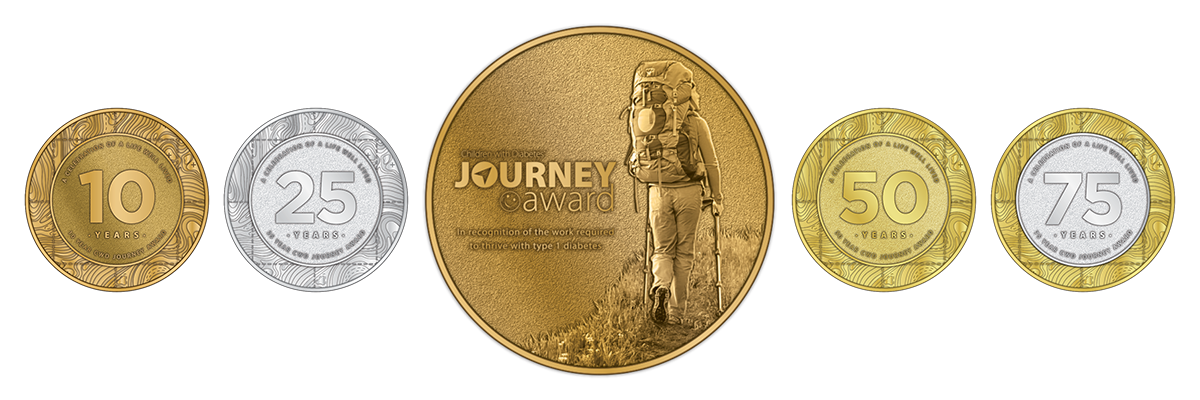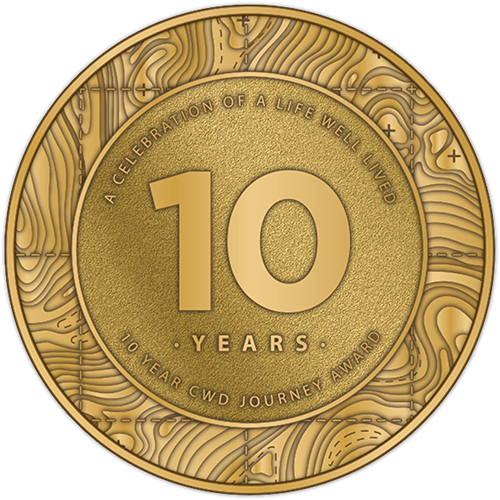
Arianna Pineiro
At 11 years old, I didn’t know my body was shutting down; I just knew something was wrong. For weeks, I had been unbearably thirsty, drinking water constantly, yet nothing seemed to quench my thirst. I was losing weight without trying, and I was running to the bathroom all the time. I ignored it at first, until I kept waking up at night to pee and drink water. Then, one morning, I didn’t want to go to school. That alone was unusual for me, but even more alarming was how I fell asleep in the car on the way there. I wasn’t just tired—I was exhausted in a way that felt unnatural. My mom noticed, too. The next day, she took me to the hospital. I was nervous as we waited for answers. Deep down, I could feel that something wasn’t right, but I couldn’t explain it. When the pediatrician finally told us, “You have Type 1 diabetes,” my parents and I barely had time to process it before they rushed me to the Naomi Berrie Diabetes Center in Manhattan. But even that wasn’t fast enough. As the day went on, I started slipping away, losing consciousness as diabetic ketoacidosis (DKA) took over my body. Before I knew it, I was in the ICU. My family was terrified, but they stayed by my side, offering their love and support as I began a new reality—one where insulin, blood sugar checks, and constant awareness of my body would become my daily life. Looking back, that day was the start of something I never expected, something I never would have chosen. But it was also the day that started my second life.
Managing my blood sugar was always a challenge for me. I experienced frequent highs and lows, but I didn’t like testing my blood sugar. The constant finger sticks felt like a chore, and often, I just didn’t want to deal with it. But that meant I wasn’t always catching my highs before they got worse or my lows before they became dangerous. My doctors saw this pattern and wanted me to have more control. Slowly but surely I began to accept that a CGM would track my glucose levels in real time, send alerts before I dropped too low or spiked too high, and give me a clearer picture of what was happening inside my body. No more guessing, no more relying only on finger sticks. The more I learned, the more I realized how much easier it could make my life. I wouldn’t have to test constantly to know where my blood sugar was heading I could just check my phone. Making the switch to Dexcom wasn’t just about convenience it was about taking control in a way I hadn’t before. It gave me more confidence in managing my diabetes, more peace of mind in my daily life, and most importantly, more freedom to live without constantly worrying about what my blood sugar was doing in the background.
For years, managing my blood sugar felt like a constant battle that I didn’t always feel like I was winning. Highs and lows disrupted my days, and despite my best efforts, my A1c wasn’t always where I needed it to be. Everything changed when I started using a Tandem pump in conjunction with a Dexcom sensor! It completely revolutionized my ability to stay in range. Instead of reacting to blood sugar swings after they happened, I could see them coming and make adjustments in real time. I began to understand my body in a way I never had before—how different foods, stress, exercise, and even small daily habits impacted my glucose levels. With that knowledge, I finally had the power to take control instead of feeling like diabetes was controlling me. This wasn’t just about numbers on a screen. It was about my future. One of my biggest goals in life was to have a child, and I knew that getting my A1c under control was essential for a healthy pregnancy. Having this control gave me the insights and stability I needed to reach my motherhood goal. It helped me stay in range, reduce dangerous fluctuations, and ultimately, prepare my body for one of the most important journeys of my life; becoming a mom. Even now, as I navigate the challenges of single motherhood, my management, dilligence, and community continue to empower me. My diabetes tech gives me the freedom to focus on my son without constantly worrying about where my blood sugar is. Seeing others achieve as I have allows me to live more fully, more confidently, and with the peace of mind that I am not alone in controlling my health. Diabetes will always be a part of my life, but with the time I have spent, it no longer feels like an obstacle standing between me and my dreams. Instead, it’s just another part of my journey, that I now have the tools to navigate successfully.

since 2010

Do you have a story to share about your experiences with diabetes? We want to hear from you! Tell us your story using the form below and we'll consider it for inclusion in the CWD Stories section of our website.